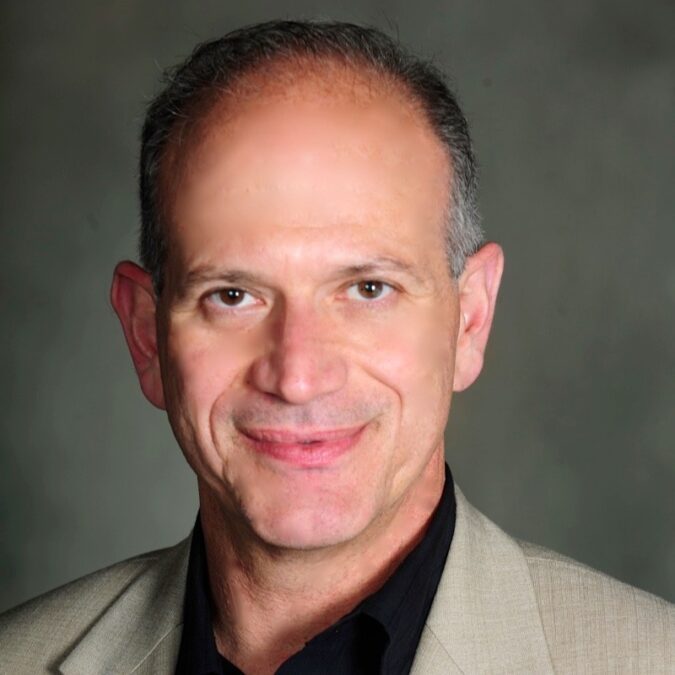
Idorsia Files Citizen Petition with DEA to Reclassify DORA Class of Drugs
By Mark Terry
April 11, 2023
Idorsia Pharmaceuticals, based in Switzerland and Radnor, Pa., filed a Citizen Petition with the U.S. Drug Enforcement Administration (DEA). The goal is to get the agency to deschedule a class of chronic insomnia drugs, the dual orexin receptor antagonist (DORA) class.
Idorsia’s interest is related to its insomnia drug Quviviq (daridorexant), which was approved by the FDA in January 2022 for adults with insomnia characterized by difficulties with sleep onset and/or sleep maintenance. The drug is a DORA compound that works by blocking the binding of the wake-promoting neuropeptides orexins. It is believed to act by dialing down overactive wakefulness versus traditional treatments that sedate the brain.

Christopher Lettieri, MD, Idorsia’s Senior Medical Director, told BioBuzz, “We’re not the first to market a drug in the DORA class, we’re the third. The first was suvorexant (Belsomra), and it came out by Merck. They’d been studying this drug for 10 years and it’s really been on the market for almost eight. I don’t think they were really tracking what scheduled class it was.”
The second to the market was Eisai’s Dayvigo (lemborexant). “Unfortunately for them,” Lettieri said, “they launched the same day COVID did. So they had their own struggles. So we’re the third to market, but we have the oldest molecule. It was under development for the longest time of the three available DORAs.”
In terms of the Citizen Petition, Lettieri notes, “The FDA sometimes has a hard time categorizing different classes of medications that are within an umbrella of a disease state. So most of the drugs for insomnia are CNS depressant drugs or sedatives, hypnotics. DORAs are very different. They are technically sedatives, but they’re hot hypnotics. They work on a completely different mechanism of action.”
However, DORAs have been lumped into the overall umbrella of all the other CNS depressing drugs that were used for insomnia, which makes them a Schedule IV Controlled Substance. Included in that class are Xanax (alprazolam), Klonopin (clonazepam), Valium (diazepam) and others.
“Basically,” Lettieri said, Schedule IV drugs have “a risk for misuse and abuse, recreational use, non-medical use, overuse, even in medical terms, likability, tolerance, and addictive properties. And the original insomnia class of drugs was benzodiazepines, which have a huge abuse and misuse potential.”
The next class of insomnia drugs, Lettieri says, are called Z-drugs, which include Lunesta (eszopiclone), Sonata (zaleplon), Ambien (zolpidem) and others. “They really were developed to be a safer alternative to benzos, with a much more specific target of action for sleep rather than when benzos are going to work.”

Lettieri says the DORAs have very different mechanisms of action. “Why are we looking to have this whole class descheduled now? It really should have been done to begin with or never been scheduled to begin with. It’s the right time now. We have existing data, we have ongoing data, we have a decade of data, both scientific studies and post-marketing assessments, as well as FDA adverse reporting systems, and they all collectively say the exact same thing. These drugs really shouldn’t be scheduled. There’s no abuse potential or negligible abuse or misuse potential, no real misuse and non-medical use.”
Lettieri added that DORAs have no street value, no real “likability, no tolerance, no rebound.” He described studies that looked at the risk of withdrawal of DORAs. On what is called the Clinical Institute Withdrawal Assessment of Alcohol Scale (CIWA-Ar), which evaluates the risk of withdrawal for alcohol, opioids, benzodiazepines, etc., with 0 as no risk of withdrawal and 80 as tremendous risk, anything greater than 20 is considered clinically significant. In one study, a placebo ranked 0.6. DORAs ranked as 1.
Idorsia recognizes that there is an addiction problem in the U.S., with increasing alcoholism rates and a great deal of misuse and abuse of benzodiazepines. “So we really need a class of drugs that’s going to not have abuse potential, that will be safe to be used in people who are on other drugs of abuse or CNS depressants like opioids. But when you put a DORA in this class, it creates another barrier that people will have to go through to get on this medication,” Lettieri said.
He added, “I’m not saying it’s the right medication for everybody, but we need to have a class of drugs where it’s clearly designated that there is no abuse potential, no CNS depressant potential, and open up that opportunity for patients who really need it.”
Christopher Clark, Head of U.S. Communications for Idorsia, told BioBuzz that they’re really trying to draw attention to this issue, which is part of the company’s media outreach. “We’re making some legislative efforts. We want to call attention to this. The agency is not compelled to act on the Citizen Petition, but we want to get it in front of the American public and others to show that there are 25 million American adults that have insomnia, and that’s probably a low estimate. It’s a major issue that’s quite frankly underdiagnosed and under-treated. And a lot of people are led or pushed to these other drugs that could have not-great clinical profiles for abuse, misuse, likability, etc.”
Lettieri adds that insomnia comes with a significantly increased risk of poly-substance abuse compared to a non-insomniac. “Largely it’s because people look to self-medicate. The rates of alcohol and opioid abuse are very common among insomniacs. Anything we can provide that gives them another option that’s safer is desirable.”
- About the Author
- Latest Posts
Mark Terry is a freelance writer, editor, novelist and ghostwriter. He holds a degree in microbiology & public health and spent 18 years in infectious disease research and clinical and research genetics prior to his transition to a writing career. His areas of expertise include biotechnology, pharma, clinical diagnostics, and medical practice management. He has written literally thousands of articles, as well as market research reports, white papers, more than 20 books, and many other written materials. He currently lives in Michigan with his family.







